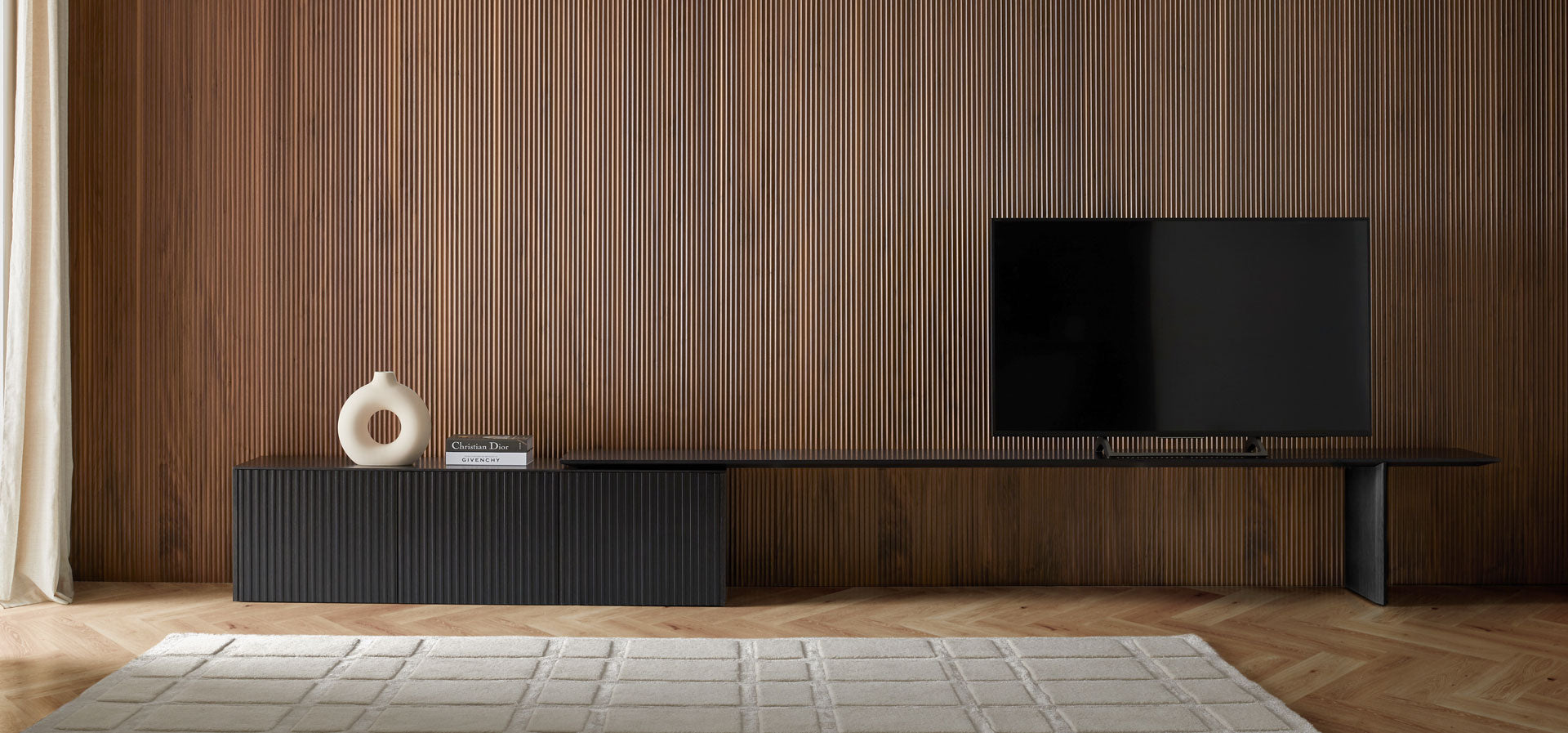The Importance of Ergonomic Office Furniture
For most people, a large portion of their day is spent in a work environment, whether at a traditional office or working from home. With the rise of remote work and technology advancements, office furniture has become a critical aspect of the modern workplace. One of the most important considerations when choosing office furniture is ergonomics, which refers to the design and function of the furniture with respect to the comfort and safety of the user. In this blog post, we'll discuss the importance of ergonomic office furniture and how it can improve your work experience.

I. What is Ergonomic Furniture?
Ergonomic furniture is designed to fit the human body and reduce stress and strain on the muscles, joints, and bones. This type of furniture is designed with ergonomic principles in mind, taking into account factors such as height, weight, posture, and comfort. The goal of ergonomic furniture is to promote good posture, reduce discomfort and injury, and increase productivity and efficiency.
II. The Benefits of Ergonomic Office Furniture
There are numerous benefits to using ergonomic office furniture, including:
-
Reduced discomfort and pain: With ergonomic furniture, you can reduce the risk of developing conditions such as back pain, neck pain, and carpal tunnel syndrome.
-
Improved posture: Good posture is important for both physical and mental health. Ergonomic furniture helps to promote good posture, which can reduce discomfort and improve focus and concentration.
-
Increased productivity: Ergonomic furniture can help to increase productivity by reducing discomfort and allowing you to work more efficiently and comfortably.
-
Improved work environment: A comfortable work environment can have a positive impact on morale and job satisfaction, leading to improved employee engagement and a more positive workplace culture.
III. Key Factors to Consider when Choosing Ergonomic Office Furniture
When choosing ergonomic office furniture, there are several key factors to consider, including:
-
Adjustability: Look for furniture that is adjustable to your body size and shape, such as chairs with adjustable height, backrest, and armrests.
-
Comfort: Make sure that the furniture is comfortable to sit on and use for extended periods of time. Consider factors such as cushioning, lumbar support, and armrests.
-
Ergonomic design: Look for furniture that is designed with ergonomic principles in mind, such as a chair with a curved backrest or a desk with a curved design to promote good posture.
-
Material: Consider the material of the furniture, as some materials are more durable and long-lasting than others.
-
Compatibility with other furniture: Make sure that the furniture is compatible with other furniture in your office, such as your desk and computer.
IV. Examples of Ergonomic Office Furniture
There are numerous examples of ergonomic office furniture on the market, including:
-
Ergonomic chairs: Look for chairs with adjustable height, backrest, and armrests, as well as lumbar support and cushioning.
-
Ergonomic desks: Desks with curved designs and adjustable height can promote good posture and reduce discomfort.
-
Ergonomic keyboards and mice: Look for keyboards and mice that are designed for comfort and to reduce strain on the hands and wrist.
-
Ergonomic lighting: Consider adding ergonomic lighting to your office, such as adjustable task lighting, to reduce eye strain and improve comfort.
V. Conclusion
In conclusion, ergonomic office furniture is an important consideration for anyone who spends a significant amount of time sitting at a desk or working in an office environment. With its focus on comfort, posture, and injury prevention, ergonomic furniture helps to improve overall health and well-being, increase productivity and efficiency, and reduce the risk of repetitive strain injuries, back pain, and other conditions that can result from extended periods of sitting. Whether you are a student, a professional, or an entrepreneur, investing in ergonomic office furniture is an investment in your health, comfort, and future success.
There are many different styles, brands, and types of ergonomic office furniture to choose from, including ergonomic chairs, desks, keyboards, mice, and more. When shopping for ergonomic furniture, it is important to consider your individual needs and preferences, including your budget, space limitations, and work style. Some key factors to consider include adjustability, lumbar support, ergonomic design, and durability.
Overall, the importance of ergonomic office furniture cannot be overstated. By taking the time to invest in the right furniture for your workspace, you can enjoy improved health, comfort, and productivity, and minimize the risk of injury and strain. Whether you are a student, professional, or entrepreneur, ergonomic office furniture is an essential component of a successful and healthy workspace.








































Leave a comment